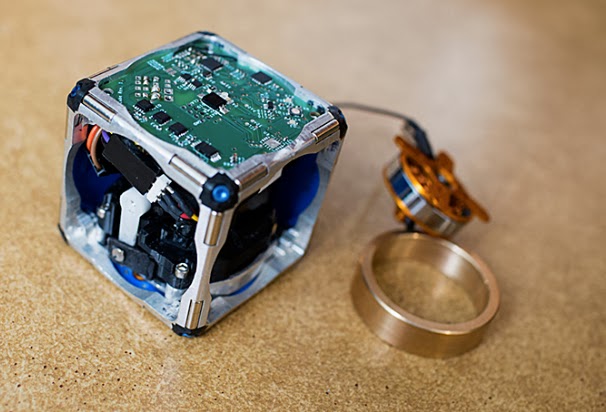Honeywell has enabled a universal electronic nose, with the world's first MEMS vacuum pump, which sniffs out any toxin, biological material or chemical in real time. Small enough to fit inside a smartphone, the electronic nose will eventually enable people to track the time and place of their exposure to everything from hazardous materials to the common cold bugs: R. Colin Johnson @NextGenLog
 Honeywell's penny-sized vacuum pump (upper right) enables universal electronic noses by virtue of MEMS turbine blades for suction (lower left).
Honeywell's penny-sized vacuum pump (upper right) enables universal electronic noses by virtue of MEMS turbine blades for suction (lower left).















